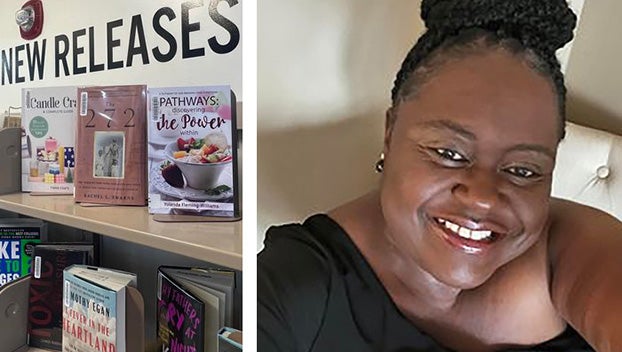Suicidal veterans need our help
Published 9:51 am Wednesday, March 29, 2023
|
Getting your Trinity Audio player ready...
|
As President Calvin Coolidge put it, “the nation which forgets its defenders will be itself forgotten.” It’s why we take the time to remember the selfless sacrifices of our soldiers, sailors, airmen and marines on Veterans Day. But is one day of remembrance in November enough of a commemoration. Not only have valiant service men and women given their lives to protect our freedom, bear in mind that each year thousands of former service men and women commit suicide due to service related trauma.
According to the American Addiction Centers [AAC], “suicide rates have been historically high among young veterans and older veterans as well. In the 20 years between 2001 and 2020, the suicide rate among veterans between the ages of 18 and 34 increased by 95.3%. During that same time period, the suicide rate among veterans between the ages of 55 and 74 rose 58.2%. From 2019-2020, however, the suicide rate for older veterans decreased while the suicide rate among veterans in the 18-34 age group increased.”
The AAC report explains that the chief causes of veteran suicides are depression, social problems, money troubles and engaging “in impulsive, high-risk behaviors.” Mental disorders and substance abuse, depression, post-traumatic stress disorder (PTSD), and traumatic brain injury (TBI) also can play a role.
However, the Center for Deployment Psychology [CDP] says it also has a lot to do with relationship problems, legal issues and workplace troubles. The CDP notes that “other medical conditions that are associated with an increased risk for suicide include traumatic brain injury (TBI), chronic pain, and sleep disorders. These conditions can contribute substantially to increased suicide risk in affected individuals. The most common method for suicide in the DoD is firearms, accounting for over 60 percent of all suicide deaths in the military.” The CDP also notes that while veterans are only 8.5% of the U.S. population, they account for about 18% of all adult suicides. “This means that approximately 20 veterans die each day by suicide [or about 7,300 veterans a year]. Like Service members, the most common method for suicide among U.S. veterans is firearms, accounting for over two-thirds of all veteran suicides.”
Active duty military personnel are also experiencing high levels of suicide. Executive Director, Elizabeth Foster, of the Pentagon’s Force Resiliency Office reported a few months ago that year-to-year active duty suicides have dipped. She reported that the active duty suicide rate fell by 15% between 2021 and 2020. However, as she put it, “while we are cautiously encouraged by the drop in these numbers, one year is not enough time to assess real change. The year-to-year trend provides helpful preliminary insight, but there is still a gradual increasing trend for suicide in the military over a 10-year period, and we need to see a sustained long-term reduction in suicide rates to know if we’re really making progress.”
If you have a friend or family member with mental issues, they may be in need of professional care. But, says Seamus Callahan at the White Light Behavioral Health, “one of the most important ways that friends, family members, and communities can support veterans in recovery is by advocating for access to quality mental health and addiction care. Unfortunately, many veterans face significant barriers to accessing care, including long wait times, lack of resources, and bureaucratic obstacles within the VA system.”
For more information about dealing with this critical issue confronting veterans at risk, organizations such as the Association of Mature American Citizens can also help. The AMAC Foundation’s dedicated Veteran Outreach Program provides online access to resources available for the men and women who have served our nation.
The 2.4 million member Association of Mature American Citizens [AMAC] www.amac.us is a vibrant, vital senior advocacy organization that takes its marching orders from its members. AMAC Action is a non-profit, non-partisan organization representing the membership in our nation’s capital and in local Congressional Districts throughout the country.





